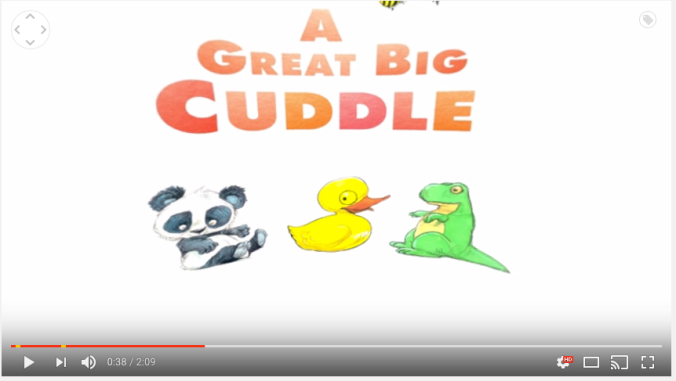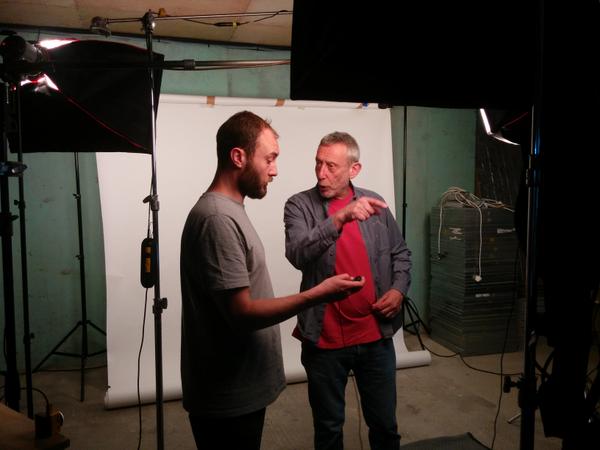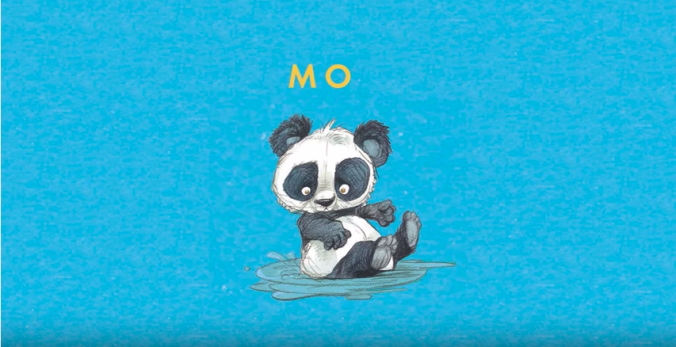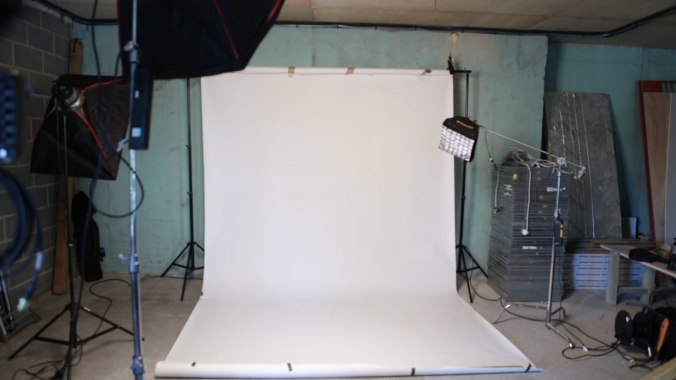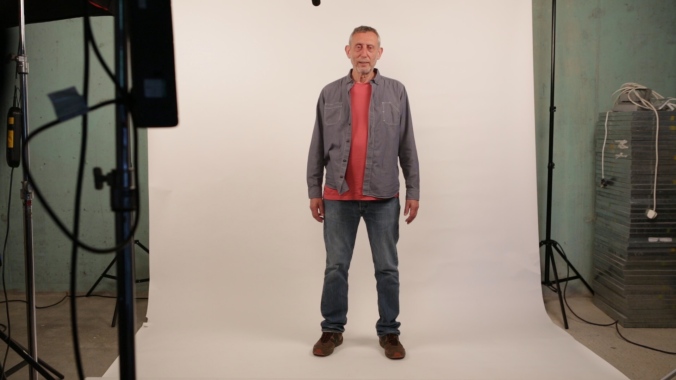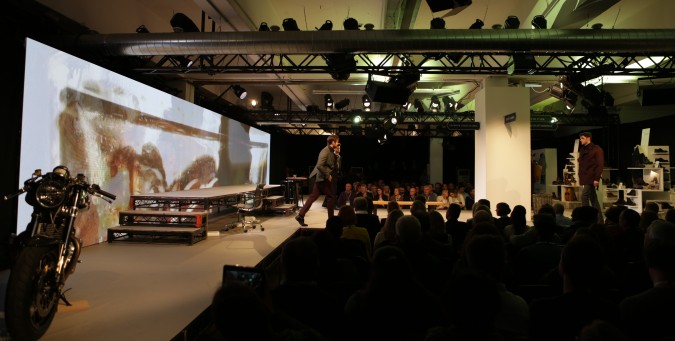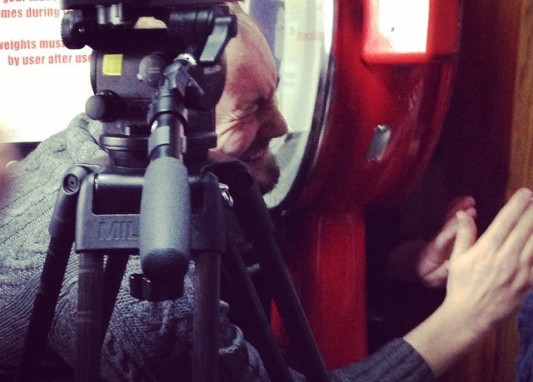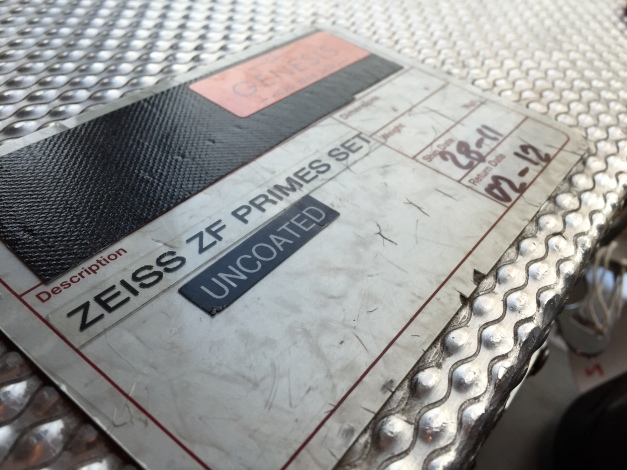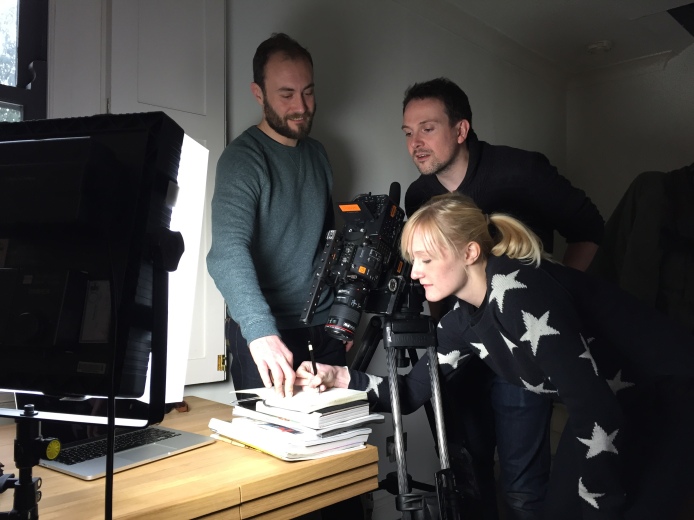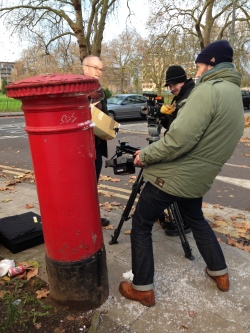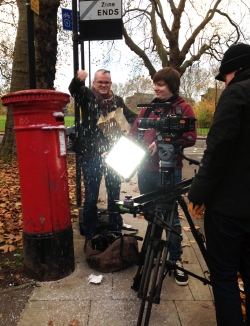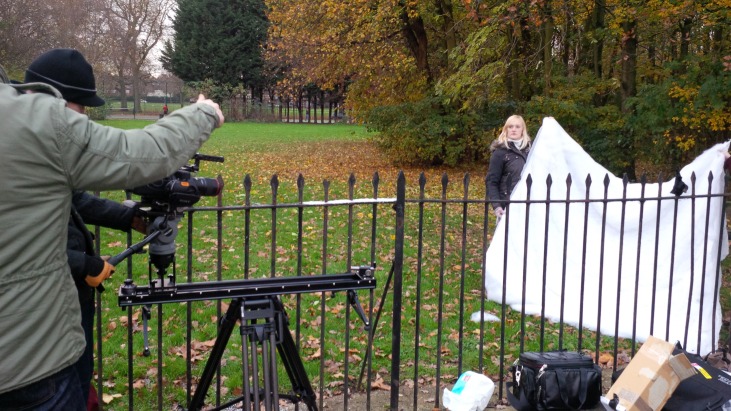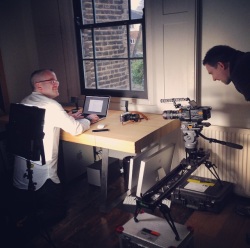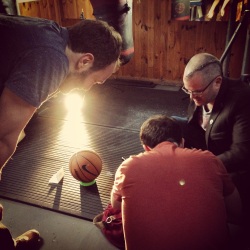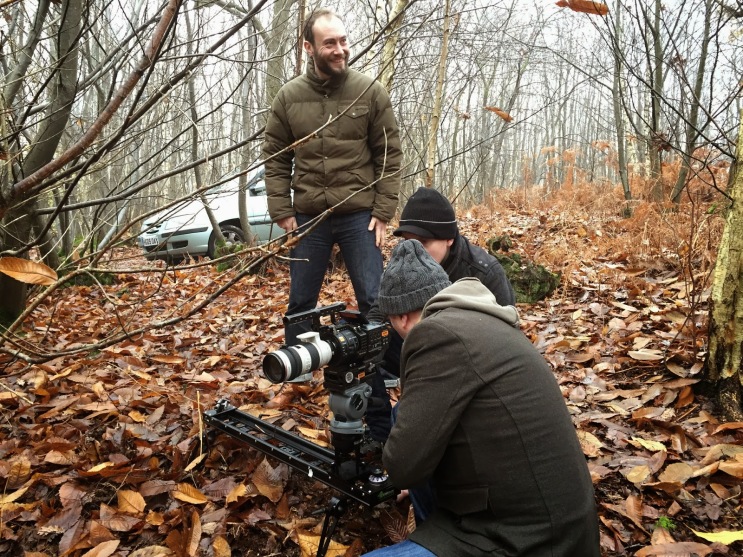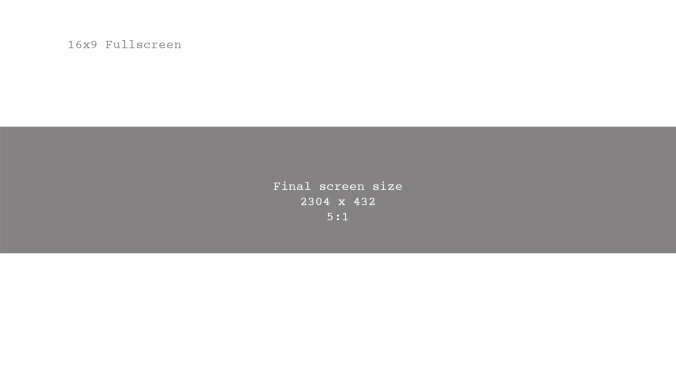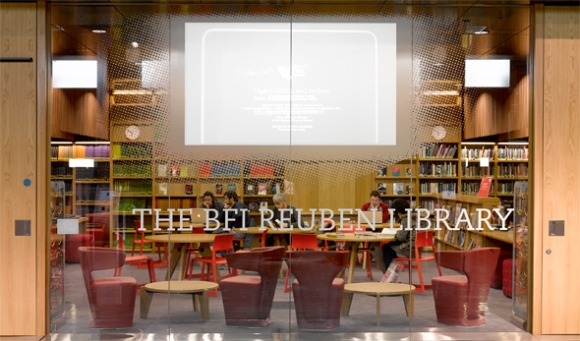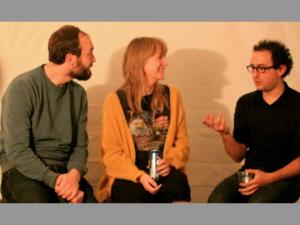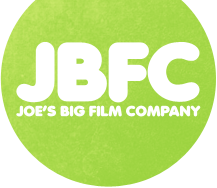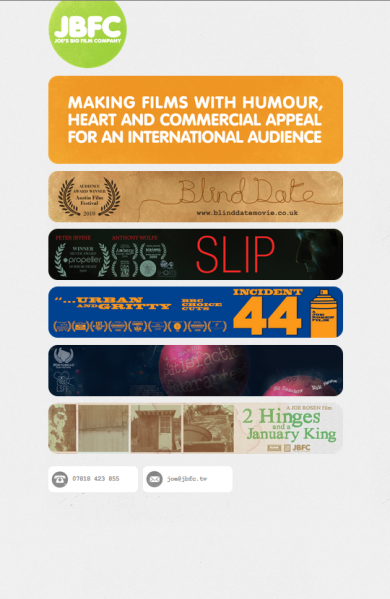This is an evaluation of a short film script I wrote on the M.A course at Birkbeck.
A draft script is available to read that is currently in development with the producer Lynzie Stewart.
Spacewalking is the story a dying man who returns after many years abroad to a family reunion fancy dress party in the hope of a reuniting with a lover he abandoned. I will be reflecting here on the development of the idea and character development as well as my process and relationship to the project.
The idea initially came from a conversation I was having about the screenwriting course and about how my approach to writing was changing with what I was learning. With the short film script project on the horizon I was reading Lajos Egri’s, The Art of Dramatic Writing (New York: Touchstone. 1942) and at the very start of the book is a chapter on premise which resonated with me.
Egri writes “Every good play must have a well-formulated premise. There may be more than one way to phase the premise, but however it is phrased the thought must be the same.”( Egri. p.6, 1942)
and
“No idea, and no situation, was ever strong enough to carry you through to its logical conclusion without a clear cut premise.”( Egri. p.6, 1942)
In the discussion I was asked for an example of a premise and the proverb “you can’t have your cake and eat it” sprang to mind and I tried to explain how a script might articulate this. I loosely fleshed out an example based on this idea, which I then pitched in the class as the short I would be writing.
The way I articulated the premise was to have a story where a protagonist who is looking back at his life and what could have been. He thought he was going to have more time and was going to be able to rekindle a relationship with an old flame despite choosing to move away in pursuit of wealth. It was also an intention to mirror the premise with a sub plot featuring children at the party who literally experience the problem in the proverb.
From the outset I was fixed on setting the film at a family reunion. It’s an almost universal setting that would be familiar to many audiences and therefore easy to understand and relate to in a short space of time with an economy of exposition that I believe is important for the audience of a short film.
Quite quickly I also developed visual motif as described in the seminar by Charles Harris “…start with an image as a way to lock into the world of the story” (Oct 2012) for me this image became a man in an orange space suit against a starry sky approaching a suburban house. Although I didn’t find a physical picture to reference, in my mind this has continued to be the image I found myself returning to for inspiration.
The visual imagery of the astronaut transitioning from space to a domestic party worked for me as a metaphor of the protagonist’s situation it articulates his isolation, separation and having travelled in some way from another world. I very much want the film to exist on the edges of magic realism whereby the appearance and disappearance of Bob the astronaut is atmospheric as if he starts by investigating an unfamiliar planet and ends by drifting off alone into the emptiness of space.
When it came to developing the structure I consciously tried to follow a three-act structure. Although I have gone on to read other nuts and bolts screen writing books and have found The Sequence Approach (Paul Joseph Gulino. Continuum International Publishing Group. 2004) very helpful I was reading Screenplay (Syd Field. New York: Delta. 2005) at the time and I tried to follow the “paradigm model”.
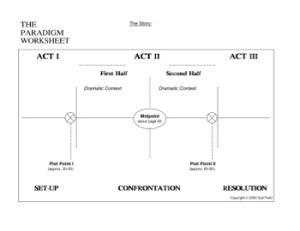
(Field. p. 90, 2005)
At the start of Act 1 in Spacewalking we have an anonymous astronaut Bob isolated in the vacuum of space and emerging in a strange lunar-domestic hybrid world. There is then a transition via a gatekeeper, Auntie Jean who guides the protagonist through the airlock of the front door into the party space, which I consider to be Plot Point 1.
Act 2, Bob intends to reconnect, he confronts and is confronted by old friends. The Mid point is when he comes face to face with and a lover Rita who he abandoned.
At the end of Act 2 is Plot point 2, which is where Bob has realised that Rita, is not going to be able to fall in love with him as he is dying but he has managed in a small way to reconnect with her and his family realising the wider implications of his actions.
Act 3 is a tragic resolution where by Bob realises that his time to reconnect with the people he loved has gone and the most generous and redemptive act he can do is drift off into space leaving them to carry on their lives.
As Christopher Booker points out in The Seven Basic Plots “ The point about the hero’s and heroines of Tragedy is that the end up utterly alone” ( The Seven Basic Plots. Christopher Booker. London: Continuum. p. 179, 2004)
On reflection I don’t think that I spent enough time working on the character development before starting the plotting and writing the script. Mistakenly I relied solely on instinct and intuition to guide me and I’ve had to rework the script from a point where I wasn’t wholly clear on who the characters are. This enthusiasm to get started may be to do with the early stage in the course at which I started the script and a naivety in approach as a writer. In hindsight and with learning I don’t think I will be working exactly like that again but will continue to trust my instincts and write with enthusiasm.
As Egri lays out in his chapter on Unity of Opposites “proper motivation establishes unity between the opposites” ( Egri. p.123,1942). He also warns “After you have found your premise, you had better find out immediately –testing if necessary- whether the characters have the unity of opposites between them.” (Egri. p.128, 1942). The workshop session we had really helped to test whether the characters I had, had that unity of opposites and at that point this was not established clearly enough.
During the in-class workshop session I received feedback and comments from my peers, which I found very valuable and an enjoyable process. The response was positive and encouraging and confirmed for me that the idea was sound and worth pursuing through additional drafts. The main issue that the group raised concerned the central dynamic between the protagonist and antagonist was in an unspecific way unsatisfactory. There was, in Egri’s terms, no “unity of opposites”.
I revisited the script for a second draft bearing in mind the broad comments from the group, my own observations and the more specific comments from Ken Williams about character and conflict.
Williams outlined an approach to developing character on more than one occasion, which I found difficult but attempted to follow. I set out to define the Moral Weakness, The Psychological Weakness, The Need, The Goal and The Values of the protagonist and antagonist and, having taken onboard the comments and new approach, I developed a second draft, which I took into a further tutorial.
In the case of the Spacewalking script the chart below outlines the character traits of the two opposing protagonists as I have defined them.
|
Protagonist (Bob) |
Antagonist (Rita) |
| The Psychological Weakness, |
Selfish |
Dependent |
| The Moral Weakness |
Abandons people, won’t commit. |
Fear of abandonment and loneliness. |
| Values |
Reconnecting.
Love |
Security, people integrity.
Love |
| Need |
To be considerate of others and less selfish. Learn how to Love |
To forgive Bob |
| Goal |
To Reconnect |
To make Bob understand how to connect on unselfish terms. |
It has been informative to consider my script in this way and has given me an opportunity to consider redrafting some aspects and deepen my understanding of my practice and approach.
It would be possible for me to continue by reflecting on the conflict and tension in the script and my influences but sadly I have run out of words, time and perhaps the reader’s patience.!
Bibliography:
Booker, Christopher. The Seven Basic Plots. London; New York: Continuum. 2004
Egri, Lajos. The Art of Dramatic Writing. New York: Touchstone. 1942
Field, Syd. Screenplay. New York: Delta. 2005
Gulino, Paul. J. The Sequence Approach. London; New York: Continuum International Publishing Group. 2004
Harris, Charles. Seminar, London: October 2012
Williams, Ken. Tutorial, London: March 2013
